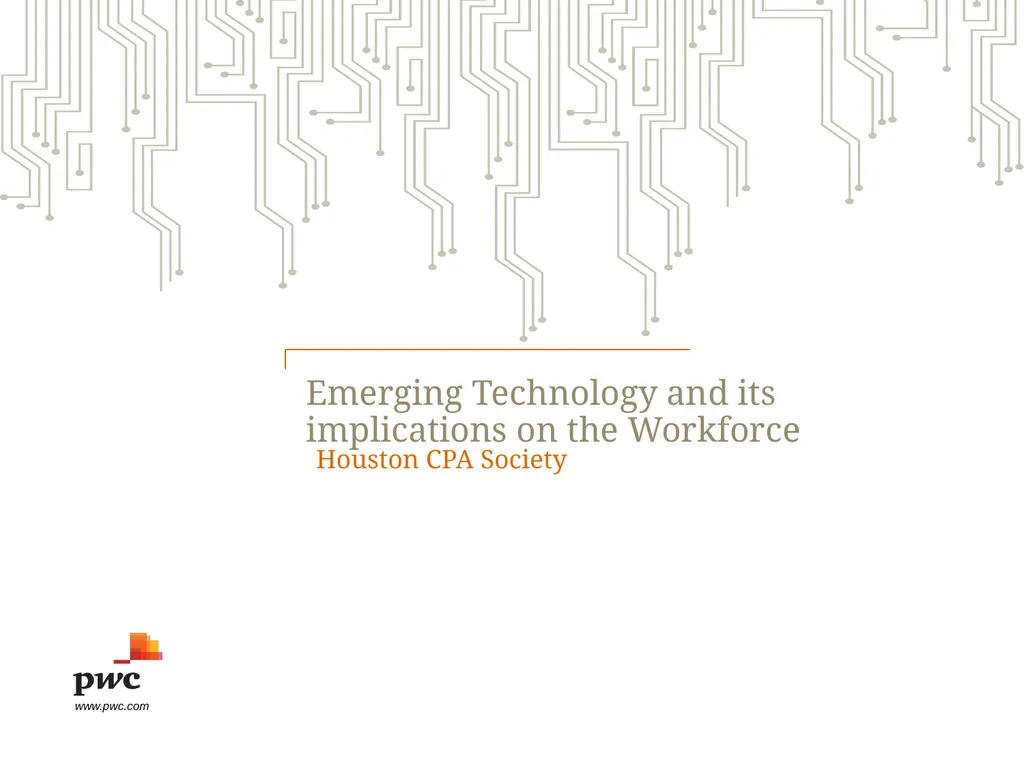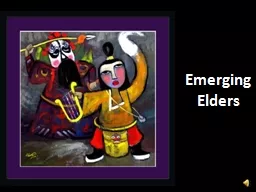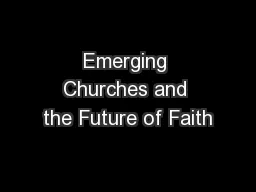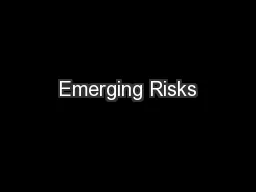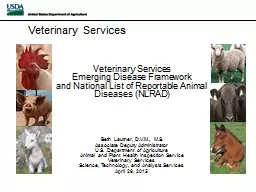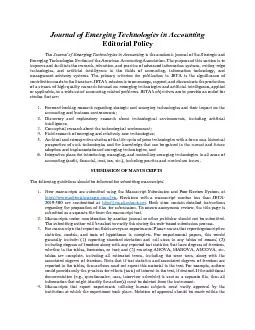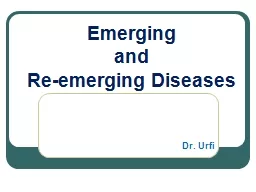Emerging Technology and its implications on the
Author : tawny-fly | Published Date : 2025-06-23
Description: Emerging Technology and its implications on the Workforce Houston CPA Society wwwpwccom Emerging technologies continue to evolve the way we work Automation can evolve as the organization continues to grow in digital maturity Macros and
Presentation Embed Code
Download Presentation
Download
Presentation The PPT/PDF document
"Emerging Technology and its implications on the" is the property of its rightful owner.
Permission is granted to download and print the materials on this website for personal, non-commercial use only,
and to display it on your personal computer provided you do not modify the materials and that you retain all
copyright notices contained in the materials. By downloading content from our website, you accept the terms of
this agreement.
Transcript:Emerging Technology and its implications on the:
Emerging Technology and its implications on the Workforce Houston CPA Society www.pwc.com Emerging technologies continue to evolve the way we work Automation can evolve as the organization continues to grow in digital maturity Macros and Scripts Rules-based automation within a specific application (e.g., Excel) to provide users with a way to automate a repeatable process with highly structured data Business Process Automation (BPA) Reengineering existing business processes by using software, integrating systems, and restructuring labor to optimize workflows and minimize costs Robotic Process Automation (RPA) Alias: Robotic Desktop Automation (RDA) Automating labor-intensive, repetitive activities across multiple systems and interfaces by training and / or programming third-party software (bot) to replicate a user’s workflow Operates at the presentation layer without the need to change existing systems Users intervene to handle exceptions as they arise Intelligent Process Automation (IPA) Aliases: Cognitive Computing, Smart Workflows Combining RPA with artificial intelligence technologies to identify patterns, learn over time, and optimize workflows Through ‘supervised’ and ‘unsupervised’ learning, algorithms make predictions and provide insights on recognized patterns With IPA, robots can replace manual clicks (RPA), interpret text-heavy communications (natural language processing), make rule-based decisions that don’t have to be pre-programmed (machine learning), and offer customers suggestions (cognitive agents) Algorithmic Business Industrialized use of complex mathematical algorithms to drive improved business decisions or process automation for competitive differentiation RPA activity candidates include repeatable, rules-based processes Taking a transformational approach of end-to-end processes across functions will drive increased scalability and value Can it be automated? Should it be automated? Highly Rules-Based Processes Activities taken to complete a task are known and follow if, then / if, follow rules Stable Environment Technology systems, organization and / or process not expected to change in the mid-term High Ratio of Structured Data High level of unstructured data requires more understanding of context, and functionality of solution Limited Exception Handling Complex exception handling should be handled by a human Suitability Measures potential constraints or control benefits to the process Repetitiveness of the process? Unstructured / structured data? Rules based process? Stability of the process? Value Measures the value from automation Number of FTEs? Average cost / FTE? Cycle time improvement highly valued? Automation solution to reduce error rates? Value $ Complexity Measures how complex a Robot build would be Level of redesign required? Number of applications used in process? Number of deviation in process? System / data restrictions? Multiple value drivers enable
